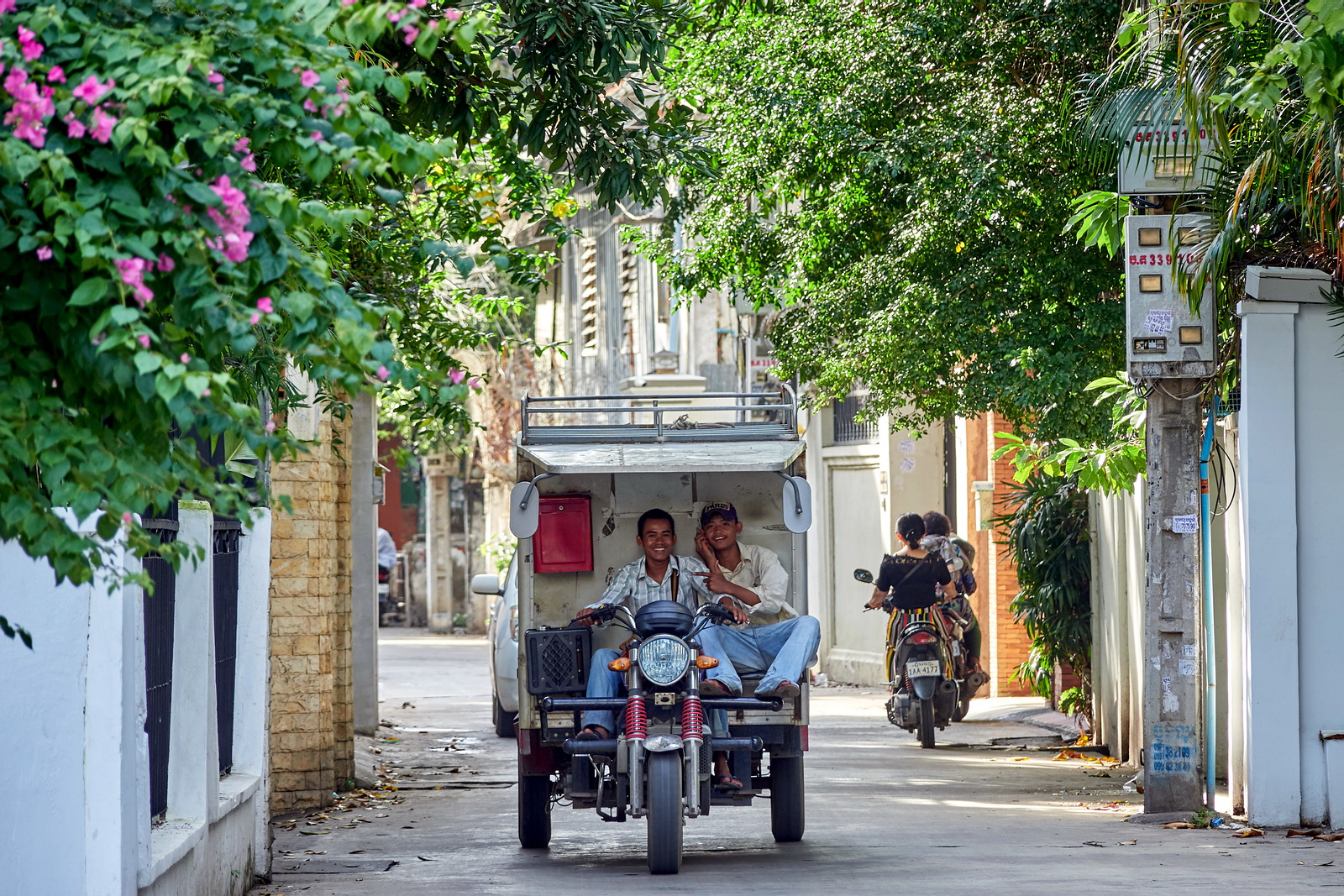About
Popular Posts
-
With all the buzz surrounding the latest launch from OM Digital Solutions, the OM-1 Mark II, I am taking a step backward to look into a came...
-
Olympus has added a new camera to their OM-D line, the E-M10 Mark IV. I have had a sample review unit on loan for about 2 weeks before the o...
-
UPDATE: I have a new and improved 2019 version of OM-D Cheat Sheet published here (click). Please keep this blog alive - support me with ...
-
I have recently done my quick impression write-up for the two long lenses from Olympus M.Zuiko line up, the M.Zuiko 75-300mm F4.8-6.7 and ...
-
The last tine I tried the Panasonic 20mm F1.7 was more than 10 years ago, and it did not leave a good impression on me. From my memory with ...
-
I have been receiving numerous requests for me to do something with the Olympus M.Zuiko 75-300mm F4.8-6.7 Mark II lens, and I finally got ...
-
The much awaited and long overdue Olympus OM-D E-M5 Mark III is finally launched today, and thanks to Olympus Malaysia I have had a loaner...
-
Please keep this blog alive - support me with a small contribution to my Paypal (click) or buy me a coffee here (click). Coinciding wi...
-
Olympus launched a new PRO lens, the Olympus M.Zuiko 12-45mm F4 PRO together with their new flagship camera, OM-D E-M1 Mark III. The new 1...
-
This post in a continuation from the Samsung S21 Ultra review series, and I have shared my Part 1: Initial Impressions here (click). In this...
Labels
- Accessories
- Camera Bags
- Camera Features
- Camera Review
- Deep Thoughts
- Events
- Food
- Gadget Review
- Gear Reviews
- Lens Review
- Local Photography Events
- Macro
- Macro Photography
- Olympus
- Personal
- Photography
- Photography Project
- Photography Thoughs
- photography thoughts
- Photography Tips
- Portraits
- Shutter Therapy
- Smartphone Photography
- Smartphone Review
- Speaking Up
- Stage Photography
- Street
- Street Photography
- Travel
- Upclose and Personal




















































































